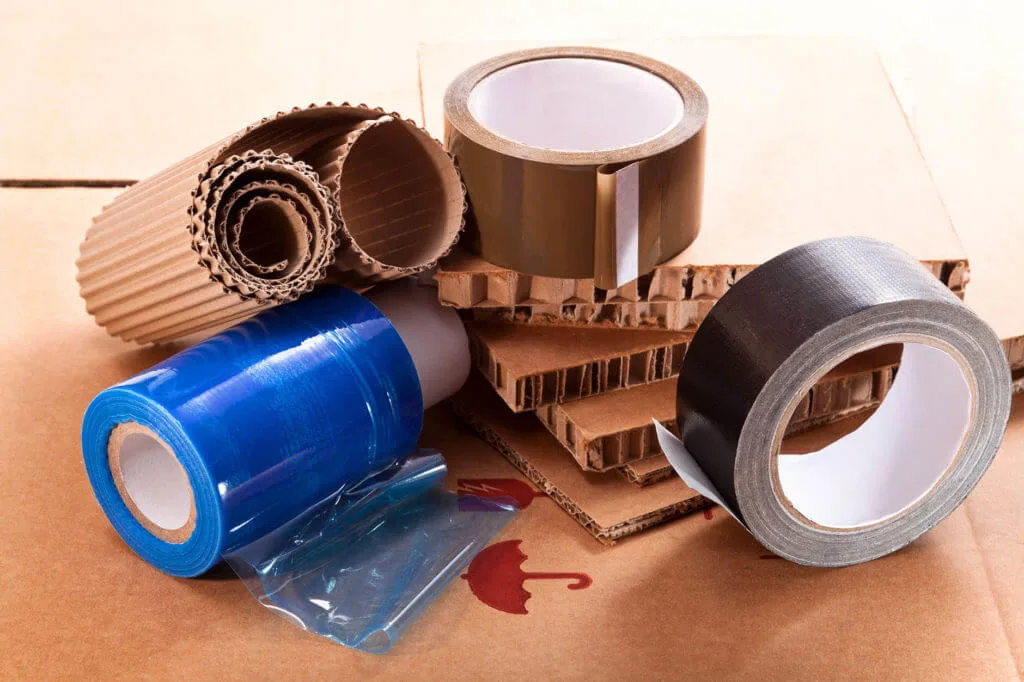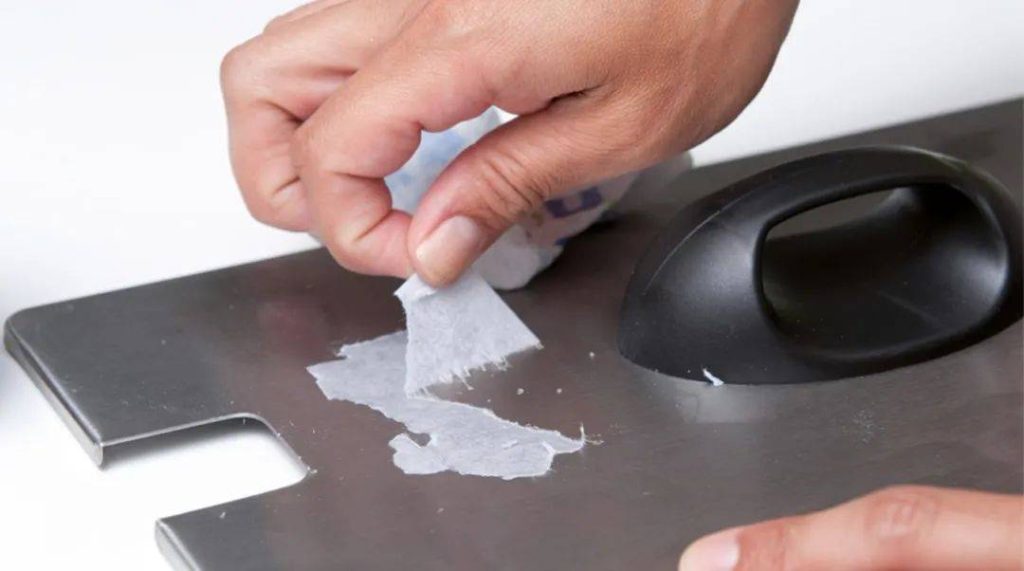Did you know that inadequate packaging can lead to losses of over 20% for businesses in the shipping industry? Many people overlook packing tape’s enormous role in ensuring products arrive safe and sound at their destinations. In this article, we will explore how to find the best quality packaging tape by examining its hidden costs, importance, and manufacturing processes.
Hidden Costs of Packaging Tape
When assessing the efficiency of your packaging operations, the quality of packing tape can reveal numerous hidden costs that could be adversely affecting your bottom line.
Productivity and OEE
Slow tape roll changeovers, tape that doesn’t run down to the core, and reworks caused by broken or uncut tape can severely hamper operational efficiency. You might not realize it, but frequent stoppages to fix tape issues can significantly lower your Overall Equipment Effectiveness (OEE). This disruption can lead to higher costs per unit of production, ultimately eating into your profits.
Scrap, Waste, and Environmental Impact
A common issue arises when packing tape doesn’t run down to the core. This creates stub rolls that pile up quickly, costing businesses money while generating unnecessary waste. A study revealed that defective tape can lead to as much as a 5% increase in overall waste in a packaging line, and these costs add up over time. Moreover, the environmental impact of excessive waste leaves a negative mark on your brand’s reputation; consumers today increasingly prefer eco-friendly practices and responsible waste management.
Worker Safety
Using knives or other sharp objects to open cartons poses significant risks to employee safety. Even small cuts can lead to expensive medical costs, with some estimates suggesting these injuries can cost employers up to $40,000! By choosing a tape or application method that creates seals easily opened by hand, companies can greatly reduce the risk of lacerations and associated costs.
Downtime and Rework Labor
The consequences of slow tape roll changeovers can extend beyond mere inconvenience. Stopping the packaging line to rework broken tape or to resolve uncut tape issues leads to costly downtime.
Customer Perception
Your tape’s performance impacts customer perception. Imagine packaging a product with inadequate seals; if it doesn’t stick, you create potential product damage or missing items, leading to customer complaints and returns. This jeopardizes not only customer satisfaction but also your reputation in the market.
Content Security
Finally, insufficient tape adhesion poses a direct threat to content security. If packing tape fails, products can become easy targets for pilferage, as undetectable tampering allows someone to slip their hand underneath the seal without any evidence. Ensuring quality packing tape safeguards your products, reputation, and customer trust.

Does Quality of Tape Really Matter?
Often, packing tape is viewed as an inconsequential decision—a mere tool to seal boxes while delivering goods. Many manufacturers might consider “cheapening out” but may soon discover that affordability can come at a high cost.
In essence, you often get what you pay for. Quality packing tape plays a vital role in ensuring strong seals, maximizing productivity, and minimizing waste. High-quality tapes are easy to unwind, possess excellent adhesion to corrugated surfaces, and offer the strength necessary to endure the stresses of the distribution network.
While a more expensive tape may seem like an imprudent choice in the short term, the long-term benefits outweigh the initial investment. A better tape enhances productivity, reducing reworks, waste, and the potential for product damage. In real terms, investing 10-15% more in high-quality tape can lead to savings of 30-50% in overall waste costs, greatly improving your profit margins.
Related article: Automated application of packaging tape.
Is Thicker Packaging Tape Always Better?
While the thickness may correspond with a tape’s grade, assuming that thicker equals better can lead to hidden costs. The term “rightsizing” describes the process of evaluating your packaging operation and selecting the appropriate tape grade based on several factors.
When deciding on tape, consider your factors like carton size, weight, and sealing environment. As any of these factors increases, so should your tape grade—and consequently, thickness. However, thicker tapes are most suited for heavy-duty sealing, large cartons, or tricky-to-adhere surfaces. For example, a thicker tape excels in unconditioned spaces or cold environments, where lower-grade tapes may fail.
For lighter-duty applications, a thinner tape of good quality is often sufficient and cost-effective. Comparison studies show that using a well-rated thin tape can save companies 20-30% in tape expenses while maintaining quality performance. Therefore, identifying the specific requirements of your operation and appropriately matching them with the right tape can prevent unnecessary expenditures.
How Is Packaging Tape Made?
Packaging tapes come primarily in two types prevalent in the US market: hot melt and acrylic. Both types are designed to be reliable and economical in various applications, but the nuances in production methods set them apart.
The production of packaging tape starts with a durable backing, typically a blown or cast film. Blown films are flexible with higher elongation rates, while cast films provide consistent performance under load but stretch less.
The adhesive type is another key differentiator in packaging tape. Hot melt tapes derive their name from the heat applied during the blending and coating process. The manufacturing method involves an extrusion process where adhesive components—resins and synthetic rubbers—are combined under heat and pressure. This method results in high shear properties, ensuring strong cohesion as the tape maintains integrity during transport.
In contrast, acrylic tapes undergo a simpler procedure where adhesive is coated onto the backing. The adhesive blends with water or solvents that are evaporated through a heating system, leaving behind the acrylic adhesive. Despite differences in production complexity, both tape types undergo a final converting process, dividing the “jumbo” rolls into the smaller finished goods rolls you see in stores.
Conclusion
Finding the best quality packing tape is essential for ensuring smooth operations, minimizing hidden costs, and maintaining content security. Ideal tape choices can enhance productivity and brand perception, while low-quality options can lead to significant setbacks. At Fonitaniya™, we’ve dedicated over 15 years to providing innovative, high-quality packing tape solutions that help businesses thrive. Trust us to be your partner in achieving optimal packaging effectiveness and efficiency.
FAQs
What is the difference between hot melt and acrylic tape?
Hot melt uses heat in its manufacturing, while acrylic tape is coated with an adhesive blended with solvents.
How do I choose the right packaging tape?
Evaluate carton size, weight, and the specific sealing environment to determine the optimal tape for your needs.
Can I use thinner tape for heavy packages?
It depends on the application; often, thicker is better for heavy-duty tasks, but high-quality thinner tape can suffice in some cases.
How long does packing tape last?
The lifespan of packing tape varies based on exposure to elements and conditions, but high-quality tape generally maintains adhesion for a long time.
Can packing tape be recycled?
Most packing tapes are not recyclable but check locally for guidelines on disposal and recycling options.




